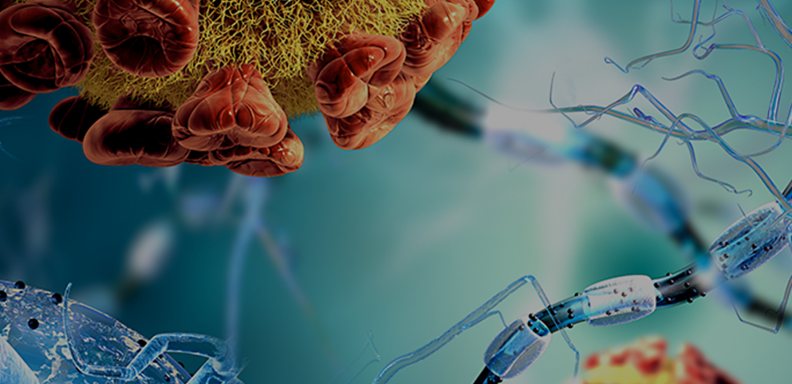By
Matt Wood
Director of Communications, Biological Sciences Division
Somewhere between 5 and 15% of Americans suffer from obstructive sleep apnea (OSA), or frequent episodes of labored breathing and waking up caused by narrowing or closure of the pharynx. These episodes are often accompanied by hypoxia, or low levels of oxygen in the blood, loud snoring, fragmented sleep, and drowsiness the during the day. OSA is also a risk factor for several chronic conditions that impact the quality of health, including cardiovascular disease, Type 2 diabetes, and even mild cognitive impairment.
The pharynx narrows during sleep because when we lie down, gravity pulls the tongue backwards. To prevent this, a region of the brain called the preBötzinger complex sends signals to hypoglossal motor neurons in the tongue that tell it to contract and remain forward, keeping the airway open. In a new study published in eLIFE, Alfredo Garcia, PhD, and colleagues at the University of Chicago show that a delicate balance of gases that act as signaling molecules in the brain help regulate the activity of motor neurons that activate muscles of the tongue during sleep.
Previous work by Nanduri Prabhakar, PhD, the Harold Hines Jr. Professor of Medicine at UChicago and co-author of the study, showed that mice lacking the enzyme heme oxygenase 2 (HO-2), which catalyzes the production of carbon monoxide, develop OSA. Carbon monoxide is usually thought of as poisonous, but it’s also an important signaling molecule in the brain. It regulates an enzyme that produces another gas, hydrogen sulfide, in the peripheral nervous system.
In the new study, Garcia, who is an Assistant Professor of Medicine, and the team used slices taken from the brainstems of mice and recorded their spontaneous respiratory activity. They showed that in healthy mice, the two gases stay in balance and respiratory signals from the preBötzinger complex to the hypoglossal motor neurons are reliable. But when the activity of the HO-2 enzyme is disrupted, either by inhibiting it with a drug or by knocking out the gene in mice, the concentration of hydrogen sulfide exceeds carbon monoxide, and the transmission of signals is less reliable. This can lead to breathing problems due to less control of the tongue muscles and airway narrowing.
“This work was unique in using a combination of genetic and pharmacological approaches to demonstrate how gasotransmitter activity affects motoneurons,”Garcia said. “We were surprised to find that gasotransmitter interactions did not just affect motoneurons in the inspiratory circuit but also rhythmic activity from the preBötzinger complex.”
The standard treatment for OSA is continuous positive airway pressure (CPAP), which involves wearing a mask connected to a machine that pressurizes the pharynx to keep it open during sleep. But CPAP machines can be loud and uncomfortable, leading many patients to not use them consistently. The findings of this new study provide a foundation for a different route to treatment by improving understanding of the molecular mechanisms that lead to airway obstruction in the first place.
The study, “Gasotransmitter modulation of hypoglossal motoneuron activity,” was supported by the National Heart, Lung, and Blood Institute, the National Institute of Neurological Disorders and Stroke, and the National Institute on Drug Abuse. Additional authors include Brigitte M Browe, Ying-Jie Peng, and Jayasri Nanduri from the University of Chicago.



